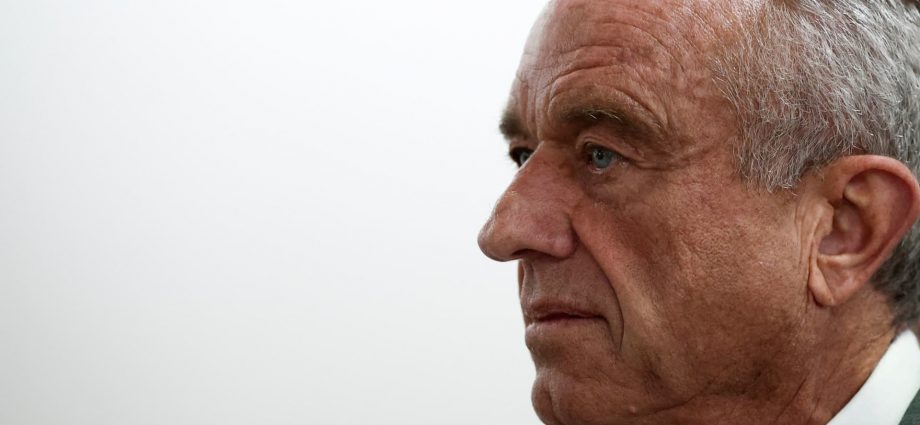[The stream is slated to start at 10 a.m. ET. Please refresh the page if you do not see a player above at that time.]
Robert F. Kennedy, President Donald Trump‘s controversial pick to lead the Department of Health and Human Services, is slated to testify on Wednesday before a Senate panel that is crucial to advance his nomination.
Kennedy will appear first at the Senate Committee on Finance, which will ultimately vote on whether his nomination as HHS Secretary advances to the full chamber. In the Republican-controlled Senate, Kennedy can only lose three GOP votes if all Democrats oppose him.
He will also appear before the Senate Committee on Health, Education, Labor and Pensions, or HELP, for a courtesy hearing on Thursday. If confirmed, Kennedy will take the reins of a $1.7 trillion agency that oversees vaccines and other medicines, scientific research, public health infrastructure, pandemic preparedness, food and tobacco products and government-funded health care for millions of Americans.
The heads of the Food and Drug Administration, Centers for Disease Control and Prevention, National Institutes of Health and Centers for Medicare & Medicaid Services, among other federal health agencies, all report to the HHS secretary.
Kennedy, 71, is one of Trump’s more controversial Cabinet nominees, facing criticism from both sides of the aisle. He is a prominent vaccine skeptic, making false claims that they are linked to autism despite decades of studies that debunk that association.
Some critics have even argued that his work advocating against vaccine use has cost lives, and could deter more Americans from getting recommended shots at a time when vaccination rates are declining.
Kennedy is also the founder of the nonprofit Children’s Health Defense, the most well-funded anti-vaccine organization in the U.S. In a government ethics agreement last week, Kennedy said he stopped serving as chairman or chief legal counsel for the organization as of December.
In a likely preview of the Senate Finance Committee hearing, Sen. Elizabeth Warren, D-Mass., last week issued a letter pressing Kennedy to answer 175 questions on topics such as vaccines, the Affordable Care Act, drug pricing, his changing views on reproductive rights and his suggestion to fire FDA and NIH workers, among others.
This week’s hearings will also provide a glimpse of how Kennedy plans to pursue his broad, so-called Make America Healthy Again platform if confirmed as the nation’s top health official. The platform argues that a corrupt alliance of drug and food companies and the federal health agencies that regulate them are making Americans less healthy. Kennedy has long contended that the agencies that HHS oversees need reform or a sweeping overhaul.
Kennedy’s supporters say some of his stances around food, such as highlighting the risks of food additives and ultra-processed products, have hit on broad appeal among Republicans and some Democrats.
Still, Caroline Kennedy, RFK Jr.’s cousin and daughter of former President Kennedy, wrote a letter to senators on Tuesday that referred to her cousin as a “predator” and urged them not to confirm him.


